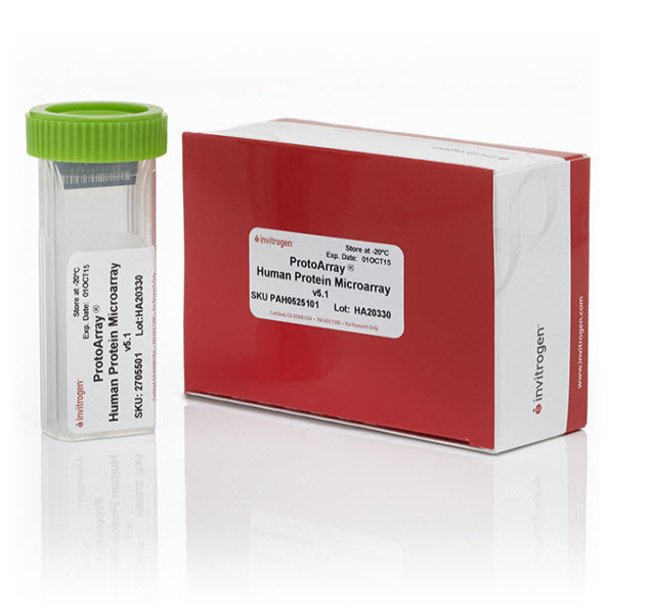As I look forward to the new year, I learned that ProtoArray protein microarray by ThermoFisher Scientific would be discontinued at the end of 2018. ProtoArray is special to me because I spent the first six years of my industry career developing it from a concept from Mike Synder’s lab at Yale, to a global product. I knew it inside out.
ProtoArray was the world’s first commercially available high-density human protein microarray when it was launched in 2004. While I wish it would continue, I am gratified to see how much ProtoArray products and services have helped researchers advance science and medicine in the past 14 years.
The news brought back a lot of memories. As a scientist I joined the start-up company, Protometrix, in an empty 19th-century factory building in Guilford, CT in September 2001. Protometrix was acquired by Invitrogen in April 2004, and we launched the ProtoArray product four times within the first year of the acquisition. I led the design, manufacturing, and application development of the product and learned many lessons from the experience.
The most important lesson is “understand the customer.” As technology-based first-in-class product developers, we tend to focus on overcoming technical challenges and let R&D drive the development. As a scientist and engineer, I could not help but be passionate about the technology. But it is a common mistake that I still see among some life science companies. There is a lot of uncertainty in the commercial value of the product because it is new, unproven. If few customers have used it or would know what performance attributes are important to them, how do we make design trade-offs?
A better way is to involve our commercial colleagues and customers as early and frequently as possible. The goal should be commercial proof-of-concept, e.g. is there at least one paying customer? If we did not have a paying customer in the unfavorable capital market of 2004, I think Protometrix would have a hard time finding a buyer.
It was on the New Product Introduction teams when I was first exposed to the Agile product development concept back in 2004. But it was the experience of launching the product 4 times in a year with progressively more features (i.e. proteins), refined designs, added software and services that helped me appreciate the value of understanding the customers and the mechanisms required to operationalize it.
Many organizations now embrace various Agile frameworks to accelerate product development. They should be aware that these and other similar frameworks are off-the-shelf solutions to overcome structural barriers that slow us down in understanding customers. Implementing such frameworks is neither necessary nor sufficient for innovators. What is necessary is the unwavering focus on improving our understanding of the customer needs in the context of their business or life. Under competent management, the right structure for the innovator, whatever it is, will emerge eventually and continue to evolve with the customers.
I will continue my journey on understanding the customers in the new year. I hope you join me.


Quite an accomplishment Fang. I enjoyed learning more about your very interesting career and the positive impact this particular product has made on the industry..
Thanks Bill. Understanding the customer is a life-long learning endeavor. It also takes a diverse team to translate the learning to real value in a product or service.